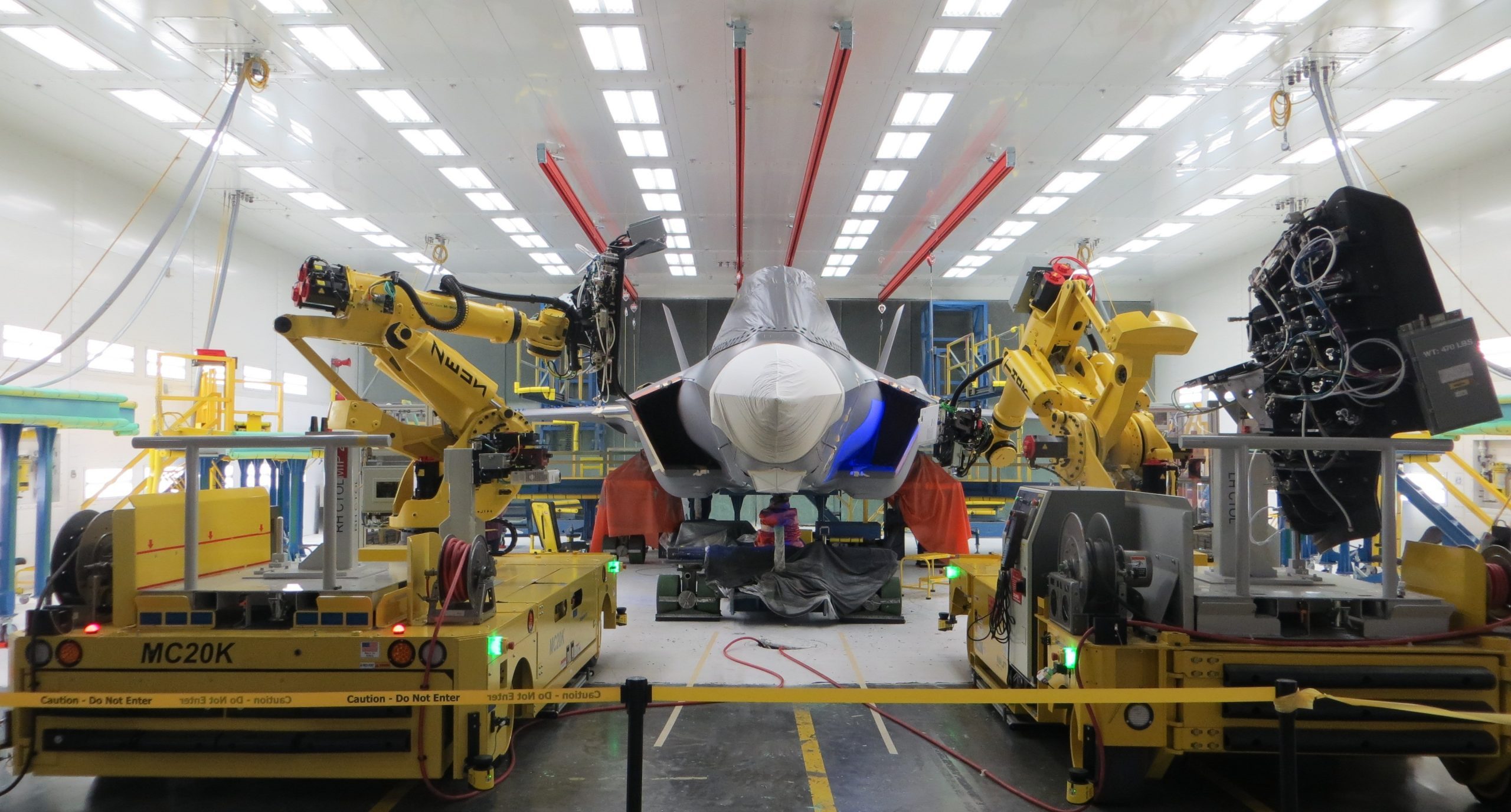Efficiency programs are commonplace in manufacturing and sustainment programs, particularly in the defence forces and supporting industries. The aim is to produce savings which could be redirected into other priority areas such as purchasing new equipment or supporting ongoing operations. Understandably, the endeavour to find and make infinitesimal gains outside the obvious areas where ‘low hanging fruit’ paybacks have already been made to streamline maintenance procedures is extremely worthwhile. The potential reductions in the costs associated with paint processing and rework of parts and capital equipment is one of the relatively under explored areas where investment in automation can provide tangible value for money.
When considering automation, there are some obvious savings in labour and material usage, but digging deeper, there are a myriad opportunities for a significant return on investment that may not be apparent to those who haven’t worked with robotic paint application equipment before. These improvements include transfer efficiency gains, removal of operators from potentially hazardous environments, a reduction in the volatile organic compounds (VOC’s) emitted from the process, film build optimisation, and a reduction in rework and repair rates.
Let’s explore each of these points in more detail, to understand where these gains can come from.
Transfer Efficiency Gains
Transfer efficiency is the amount of paint that goes onto the surface, as a percentage of the overall amount of paint dispensed. Reducing waste at the point source of origin is the most important tool in reducing paint usage. A typical manual air-assisted application can have a transfer efficiency of around 25%, depending on the shape and surface of the part. That is, for every litre of paint needed to get onto the part, four litres of paint are required. In the process, a huge amount of waste is generated – in this case, 3 litres. That atomised paint generally finds it’s way onto the grates, or into a filtration system, and is eventually higher pressure cleaned off, or finds its way out the stack into the environment.
In comparison, a high-volume low-pressure spray gun can spray anywhere from 20 to 45%, again depending on the nature and shape of the part being sprayed. Still, this represents slightly over 2 litres of paint required to get 1 litre onto the part. A gun, or air atomised applicator, uses high pressure or high-volume air impinging on the fluid to create atomised paint droplets. These droplets are shaped by the fan air into an elliptical spray pattern, which can be sprayed onto the part. Depending on the amount of paint required to be sprayed, the applicator can have one or more heads to accommodate for high fluid flows. The advantages of an air atomised gun are that the high velocity paint particle can be used to drive coating into recessed areas. The downside of this is it can also cause a considerable amount of overspray, which is wasted paint.
Where robotics plays an influential role in increasing transfer efficiency is through electrostatic deposition of the paint. Electrostatics depends on the ability to ground the parts and have a conductive substrate, or conductive coating over the substate. Electrostatics can be employed for either a bell or a gun application. A bell, or rotary atomizer, uses a mechanical shearing action to create the paint droplets. The atomiser spins at between 20 and 70 krpm, and it is driven onto the part using shaping air. As the shaping air is increased, the pattern becomes smaller. The downside of the rotary bell applicator is its ability to get into recessed areas.
Advances in rotary atomiser technology have resulted in electrostatic applicators achieving transfer efficiencies upwards of 90%. That means that for every litre of paint that needed on a given part, only need 1.1 litres of paint are required. That 100 mL of paint wasted, versus the 3 litres lost during a regular hand air atomised spray, represents a huge impact on emissions generated (volatile organic compounds), the frequency of cleaning required from overspray, and of course the cost of the material itself
In recent times, ASA has been involved in some case studies, where customers have migrated from an automated HVLP gun application, to a rotary atomising solution. The customer’s project was driven by the fact that their surface area had increased, and they weren’t able to get enough film build in these areas, so they looked to electrostatic rotary atomisers. Using advancements in technology, these rotary atomised delivered the required film build, AND a 55% saving in paint usage per part. So, not only was the customer getting more paint onto the part and meeting their requirements, they saved an enormous amount of paint per part.
These savings aren’t always typical – sometimes they can be as low as 30%, depending on the complexity of the shape and the grounding of the part. However, the flow on effects from applying more paint onto the surface that it is required on and not onto the grates or into the atmosphere, are significant. Typical yields from these systems are also very high – upwards of 85%, subject to the material, booth and oven metrics being held constant within process constraints.
By reducing waste at the point source of origin, automation also offers reduced paint consumption, and in turn, reduced solvent usage and emissions. Indirectly, the reduction in the number of rejects and rework of parts also reduces material usage and general overall waste. Where parts may have been rejected due to inconsistent film thickness, robotic applications can provide a stable, consistent film thickness.
Removal of Operators from Potentially Hazardous Environments
Another factor to consider in the adoption of automation into a paint line is the materials being dispensed onto the substrate. The nature of a solvent or paint can be determined from its Material Safety Data Sheet (MSDS) – this will identify whether the product has a serious effect on the human respiratory system. Although operators can wear respirators and take breaks, the best way to avoid a problem is to eliminate it, by removing operators from these potentially dangerous environments. Flexible automation is the simplest and easiest way to avoid manual pick up for these parts. In parallel, automation offers opportunities for enhanced throughput, as robots handle difficult, repetitive tasks with ease, and often remove operators from dangerous environments. e.g. spray painting and spraying of resins, lacquers and adhesives containing isocyanates.
In manufacturing, it is not unusual for unreacted or partially cured isocyanates to be present in the atmosphere after spraying. These may potentially be inhaled or come into contact with skin. Spray painters who use two-pack mix polyurethane paints are at high risk of exposure. Isocyanates like HDI used in paints are often also present as pre-polymers and polymeric isocyanates. Pre-polymers and polymeric isocyanates have the same health effects as free isocyanates when sprayed due to the generation of aerosols and overspray that may be inhaled. According to Safe Work Australia, a person conducting a business or undertaking must ensure, so far as is reasonably practicable, that workers and other people are not exposed to health and safety risks arising from the business or undertaking. Robots provide an excellent mechanism for eliminating the risk associated with isocynate exposure.
Reduction in Volatile Organic Compounds (VOC’s) into the atmosphere
If you take automobile production as an example, a vehicle’s exterior finish represents less than 10% of its cost, however it is responsible for approximately 80 to 100% of the total volatile organic compounds (VOCs) emitted in the automotive production process (70 to 80% are from the spray booth, while another 10 to 20% are emitted through the drying oven). Waste reduction isn’t just limited to the reduced paint usage, and VOC’s going out of the stack – it is also directly proportional to scrap rates due to quality improvements. Set correctly, a robot can be your best painter, on their best day, all day, every day, optimising VOC reductions in manufacturing operations.
Optimisation of Film Build (not over-or-under applying paint)
A manual operation will often require “too much” paint in a certain area, in order to get paint into a specific area. While a manual operator may trigger on and off, robots have the capacity to alter fan and atomisation air profiles on the run, or bell speed and shaping air, depending on the type of applicator used. For this reason, film builds can be optimised. Programs can be written with specific overlaps, to minimise film build variations. It is not usual in a basecoat paint application for automation to be held to requirements for 16 microns, + or – 2 microns. Film builds of this nature are required, specifically where the surface is being prepared specifically for radar detection avoidance. Manual painting applications struggled to compete with these exacting film build requirements.
Reduction in Rework & Repair Rates
The consistent nature of robotic applications leads to a reduction in warranty recalls, claims, and rejections. Rework due to manual error tends to be decreased, as the inconsistent reworks tend to diminish. The flow on effect of this can often be reduced inspection requirements, assuming all process parameters are held constant (temperature, humidity, solids content of the paint, ect). Flexible automation presents opportunities for improvements in quality, and particularly with part to part consistency through improvements in repeatability.
The combined synergy of these efficiency gains in life cycle programs is that flexible automation can provide a significant return on investment. The overall return on investment must be considered when weighing up these factors to understand the true benefit of automating your paint line, and whether your company will innovate, or evaporate.
Send an enquiry:
Click an Application to Explore Further:
FANUC Robots Australia | Paint Robots for Surface Finishing | Welding Robots by FANUC | Machine Tool Tending Robots | Fibreglass and Gelcoat Robots | Palletising Robots | Robotic Vision Inspection Systems | Plastics Painting | Deburring and Polishing | Sealing and Dispensing | Picking and Packaging | Material Removal Robots | Shot Blasting and Peening |
More (Recent) News Stories from Automation Solutions Australia:
Deburring Machines | Robots a Historical Overview | Robotics Engineering | Automatic Paint | Robotic Loading Systems for CNC | Unlocking Your Manufacturing Potential | Spray Painting Robots | Automatic Sandblasting | CNC Mills | Automated Welding | Unlock the Future with Automation Systems | Robot Company, The Automation Era | Choosing an Automation Company | Harness the Power of Robotics with ASA | Robotic Painting | Automotive Welding | The Path to Machine Tool Automation | System Integrator Australia | Robotic Welders | Automate your CNC | Automation Company | Electrical Design | Human Machine Interface | Plastic Paint Robots | PLC Programming | Robotics Australia | Solutions | Industrial/Manufacturing Robots | Industrial Engineering | FANUC Robot | Shot Blasting | Robotic Automation Solutions | Industrial Automation | FANUC Industrial Robots | FANUC Collaborative Robots | FANUC Palletising Robots | Robotic Palletisers | Robotic Fibreglass Spray Machines | CNC Machine Automation | Robotic Arm – An Industry Guide | The Cobot | Automation Robotics | Custom Automation Solutions | Assembly Robots | Automate your Paint Booth | Ceramic Coating – Cerakote | Automotive Automation | Pick and Place Robots | Understanding Industrial Automation | PLC Automation | Arc V Spot Welding | What is Cerakote? | CNC Machines Australia | What is a Robotic Cell | Robotics Systems with ASA | What is ARC Welding? |PLC Controls | Collaborative Robots – What are they? | Welding Automation |



